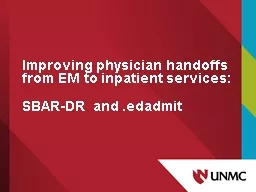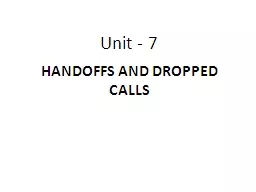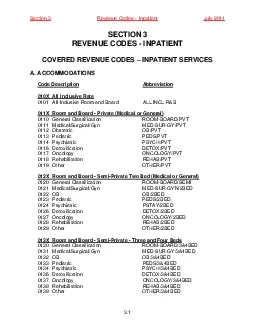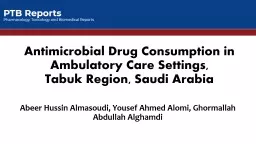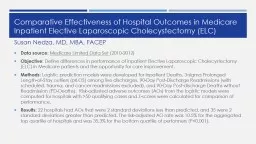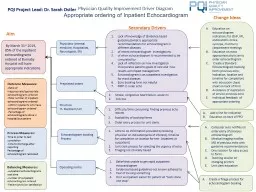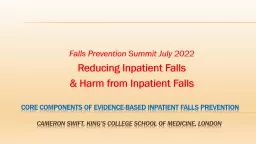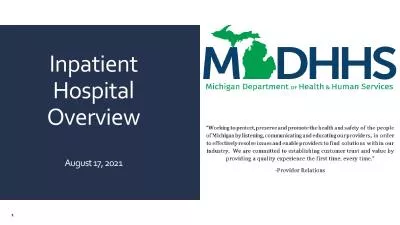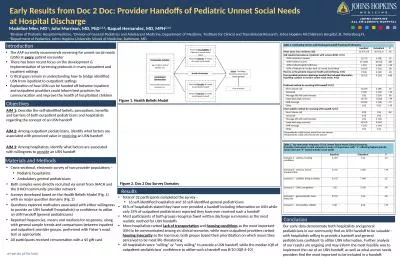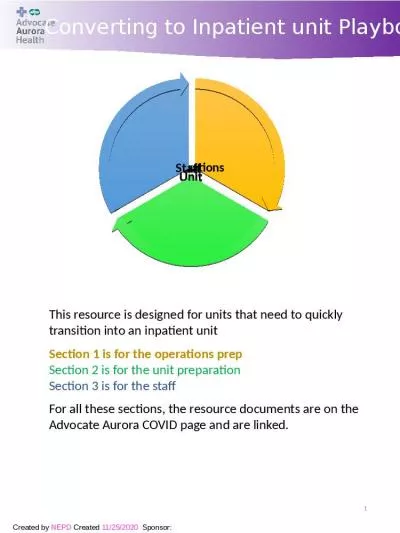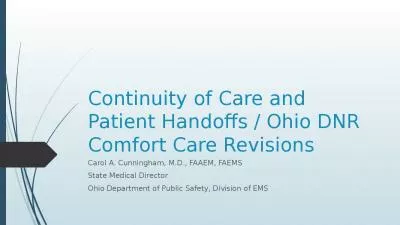PPT-Improving physician handoffs from EM to inpatient services:
Author : sherrill-nordquist | Published Date : 2019-02-19
SBARDR and edadmit Objectives List barriers to safe patient care handoff between EM to admitting physicians Describe elements of effective ED to inpatient handoff
Presentation Embed Code
Download Presentation
Download Presentation The PPT/PDF document "Improving physician handoffs from EM to ..." is the property of its rightful owner. Permission is granted to download and print the materials on this website for personal, non-commercial use only, and to display it on your personal computer provided you do not modify the materials and that you retain all copyright notices contained in the materials. By downloading content from our website, you accept the terms of this agreement.
Improving physician handoffs from EM to inpatient services:: Transcript
Download Rules Of Document
"Improving physician handoffs from EM to inpatient services:"The content belongs to its owner. You may download and print it for personal use, without modification, and keep all copyright notices. By downloading, you agree to these terms.
Related Documents

